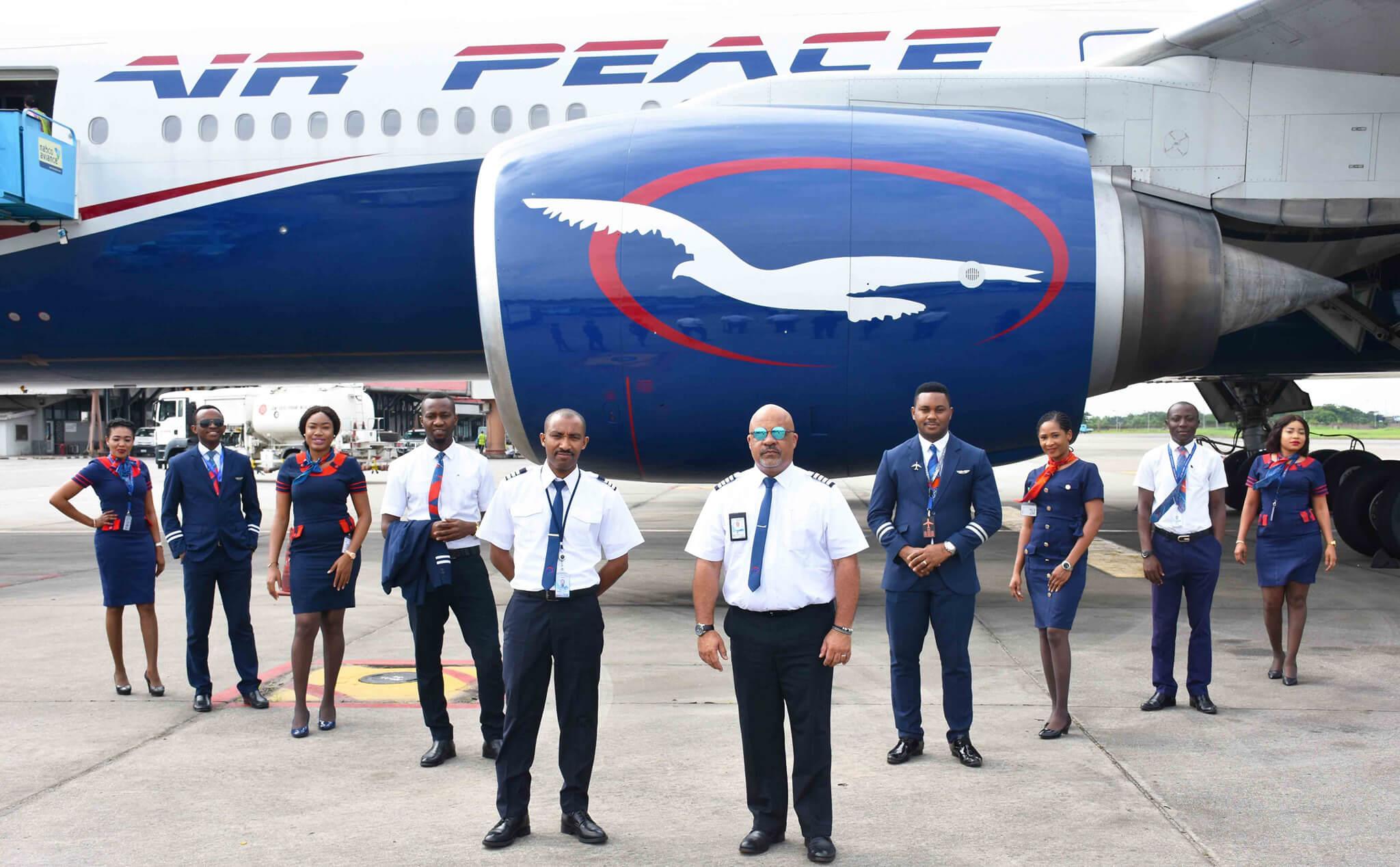If you run a haulage business or have an interest in registering your trucks with the Nigeria Ports Authority, this article will guide you on the requirements and procedures for truck registration with the NPA. To get this process started, you will need to apply in person adhering to the procedures below.
Procedure
- The very first step to take is to ensure that the truck(s) is/are in a good working condition that meets NPA’s Minimum Safety Standard (The checklist).
- Next will be to contact the Safety Department of Nigerian Ports Authority at various locations to arrange for truck inspection as follows:
- HQs Annex, Apapa (former Western Ports’ building) for the two Ports of Lagos (Tin Can Island and Lagos Ports Complexes)
- Respective Administration Buildings of the four outer Ports (Warri, Calabar. Port Harcourt and Onne)
For the inspection, fleet owners with ten trucks and above could be visited in their holding bays (within Lagos state for those in Lagos and within the Port towns of the 4 (four) Ports above that are outside Lagos), while owners in Lagos with less than ten trucks should take their trucks to Tin Can Island Truck transit Park, 2nd Gate/Liverpool Bridge, Tin Can Island or Lily Pond Truck Transit Terminal, Ijora while the inspection points for those in outer Port locations are obtainable from respective Safety Departments.
- If your trucks inspected were found to meet the Minimum Safety Standard you will be issued a Safety Certification paper. Trucks that do not meet the Minimum Safety Standard shall have to undergo necessary repairs by the owner and be re-presented for inspection at a later date.
- Safety Certification paper shall be taken to Safety office, HQ Annex, Apapa for Lagos trucks and the respective Administration Buildings in outer Ports for authentication.
- Authenticated Safety Certification paper shall be taken to Tariff & Billing Department in Lagos Ports Complex, Apapa for Lagos trucks and the Tariff & Billing Departments of outer Ports where Debit Note shall be raised and issued to the applicant.
- Payment of the sum on Debit Note shall be made into Nigerian Ports Authority’s Treasury Single Account in any Bank of the trucker’s choice.
- On confirmation of payment, NPA’s Accounts Department, Lagos Ports Complex, Apapa shall issue NPA Payment Receipt for the payment for trucks in Lagos, and the respective Account Departments in the Ports outside Lagos.
- NPA Payment Receipt shall be taken to the Safety Department and a one-year cycle sticker shall be issued accordingly. Each sticker is issued with truck registration number, sticker expiry date and other relevant information specific to a truck boldly printed on them.
Documentation
Safety Certification
NPA Payment Receipt
Timeline
24 hours after inspection
Associated Charge
N10, 000.00 (Ten Thousand Naira) per truck
Checklist for minimum safety standard
The following are minimum conditions and safety standards that prospective truck owners wanting to register with the NPA must meet:
The truck head
The truck head must not be with plastic or cracked windscreen, must have functional wipers, inner rear view and side mirrors, safety belts, be neat and generally presentable.
Vehicle & driver’s particulars
The vehicle must have valid license, road worthiness and insurance certificates, the driver must possess appropriate and valid driver’s license.
Rtsss and speed limiter
The vehicle must comply with the following frsc requirements:
The vehicle must have road traffic safety standardization scheme (rtsss) certificate duly issued by the frsc;
The vehicle must have speed limiting device installed on it.
Trailer main body (carriage unit)
The carriage unit must be fitted with retro reflectors, trafficators and warning signs. Carriage unit chassis must not be weak, bent or rusted.
Tyres
No worn out or expired tyres
Tyres must be complete and all wheel studs and nuts must be in place
One or two spare tyres of good quality.
Braking system:
Both foot and hand brakes must be active.
Lifting jack
Lifting jack must be in good working condition and of appropriate tonnage.
Wedges
A minimum of 2 no. Wedges must be on the truck.
Engine
Starting and stopping of engine must be by the driver via the ignition key and stopping button or switch respectively.
Engine radiator must be covered at all times without overheating sign.
Excessive engine exhaust smoke is not acceptable
Battery
Batteries must be properly fitted.
Brake lights
All brake lights must be functional.
Trafficators
Trucks and trailers must be fitted with functional and visible trafficators (right & left) both at the trailer head and at the container carriage units.
Fire extinguisher:
fire extinguishers must be available and functional.
(a) 2 nos. 9kg for articulated trucks/lorries;
(b) 2 nos. 6kg for non-articulated trucks/lorries.
Warning device
The horn must be functionally audible.
Two caution signs with warning signal/light must be carried on the truck.
Fuel tank:
Functional fuel cover.
Twist locks
The twist locks for a 20-footer container carrier should be 4 standard container twist locks while that of 40-footer container carrier should be 8 standard twist locks.
Latching belts
In case of billets, pipes and other general cargo carriages, the carriage must be fixed with tension ropes/latching belts.
Turn table
Must be in good working condition.
In addition to the above minimum conditions, management at a later date may consider the possibility of fixing age limit for all trucks coming into the port for operation.















